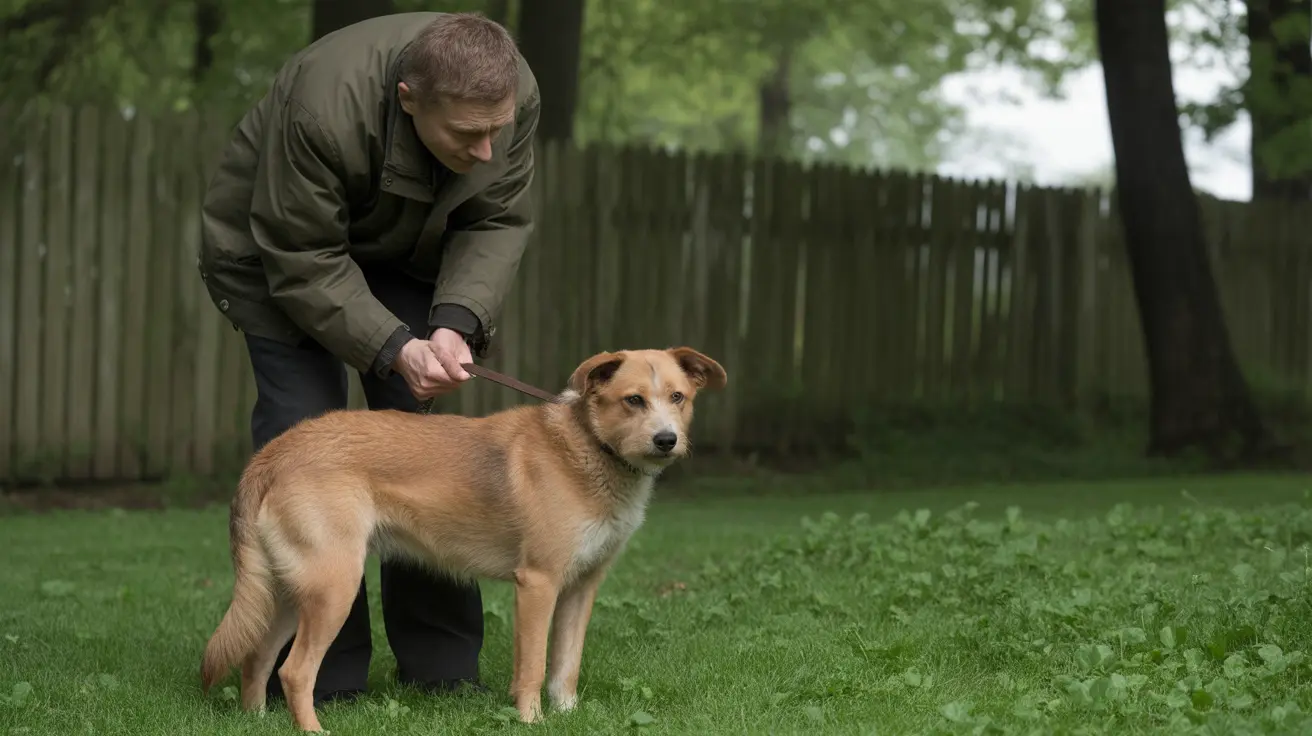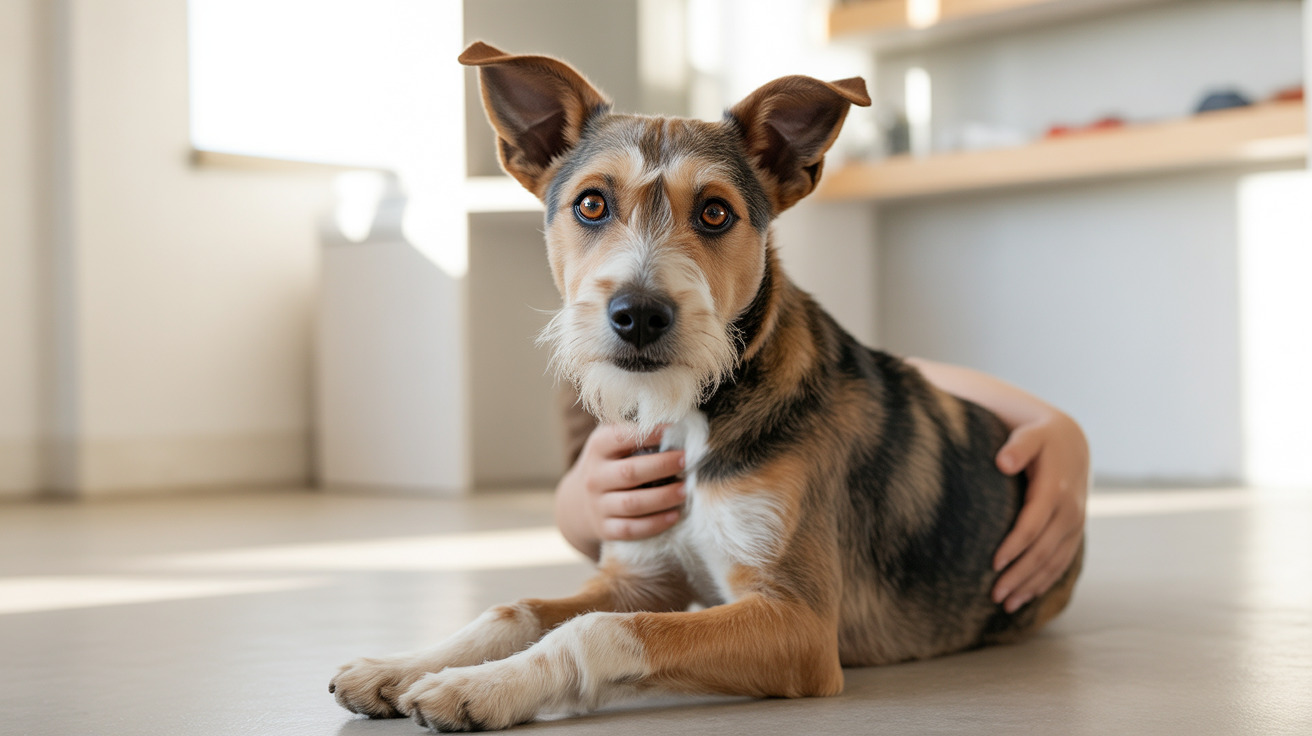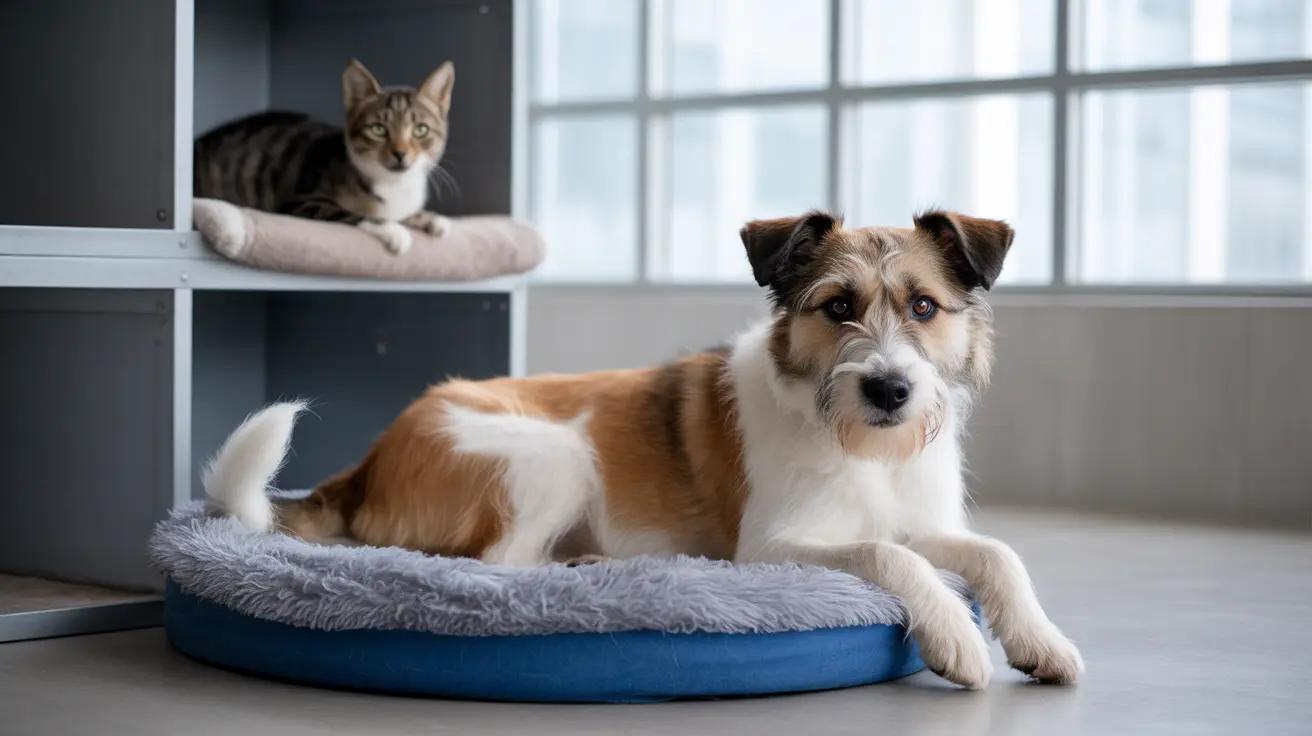How to Care for Your Dog's Surgical Wound
Caring for your dog’s surgical wound is essential for a smooth and quick recovery. Proper wound management helps prevent infection and complications. Whether your dog has had a minor or major surgery, following post-operative care instructions is crucial.
Types of Surgical Closures
After surgery, a dog’s incision may be closed using:
- Surgical glue
- Sutures (absorbable or non-absorbable)
- Staples
Some sutures are buried under the skin and dissolve over time, while others must be removed by a veterinarian within 10–14 days.
Immediate Post-Operative Care
- Restrict activity for 7–14 days. Avoid running, jumping, or rough play.
- Do not bathe your dog or allow the incision to get wet unless instructed.
- Keep the incision dry and clean. Use a soft, clean cloth and vet-approved antiseptic if dirt is present.
- Prevent licking or scratching the incision with an Elizabethan collar, recovery suit, or similar device.
- Never apply creams or ointments unless recommended by your vet.
Monitoring the Incision
Inspect the surgical area at least twice daily. A normal healing incision should appear:
- Clean and dry
- Slightly pink or reddish
- Edges touching each other
- Minimal swelling or discharge
Signs of infection or complications include:
- Continuous bleeding or pus-like discharge
- Foul odor from the wound
- Swelling, heat, or intense redness
- Loss of appetite or lethargy
- Excessive pain or tenderness
Medication and Nutrition
- Administer prescribed painkillers and antibiotics strictly as instructed.
- Offer light, nutritious meals and plenty of water to promote healing.
- Use soft bedding in a quiet, low-stress environment to support your dog’s recovery.
Drain Care
If a drain was placed, follow your vet’s care instructions. Drains are usually removed within 2–4 days once fluid drainage decreases.
Cleaning Tips for Stitches
- Use chlorhexidine or pet-safe cleaning solutions.
- Avoid using alcohol or hydrogen peroxide as they delay healing.
- Change bandages frequently and keep them dry.
- Cover bandaged wounds with plastic when going outside.
When to Resume Activities
Depending on the surgery, your dog can usually resume normal activities after suture removal. For minor procedures, a few days of rest may be sufficient. Follow your vet’s specific advice.
Emergency Signs – When to Call the Vet
- Heavy or continuous bleeding
- Pus or foul-smelling discharge
- Gaps or openings in the incision
- Signs of severe pain or inability to stand
- Persistent vomiting or diarrhea
Final Recovery Tips
- Track progress in a wound care journal.
- Attend all follow-up appointments.
- Use manuka honey or cold/warm compresses only if recommended by the vet.
- Avoid public places or dog parks during recovery.
By following these comprehensive care steps, you can help your dog bounce back from surgery and regain their health quickly.





